Blog
-
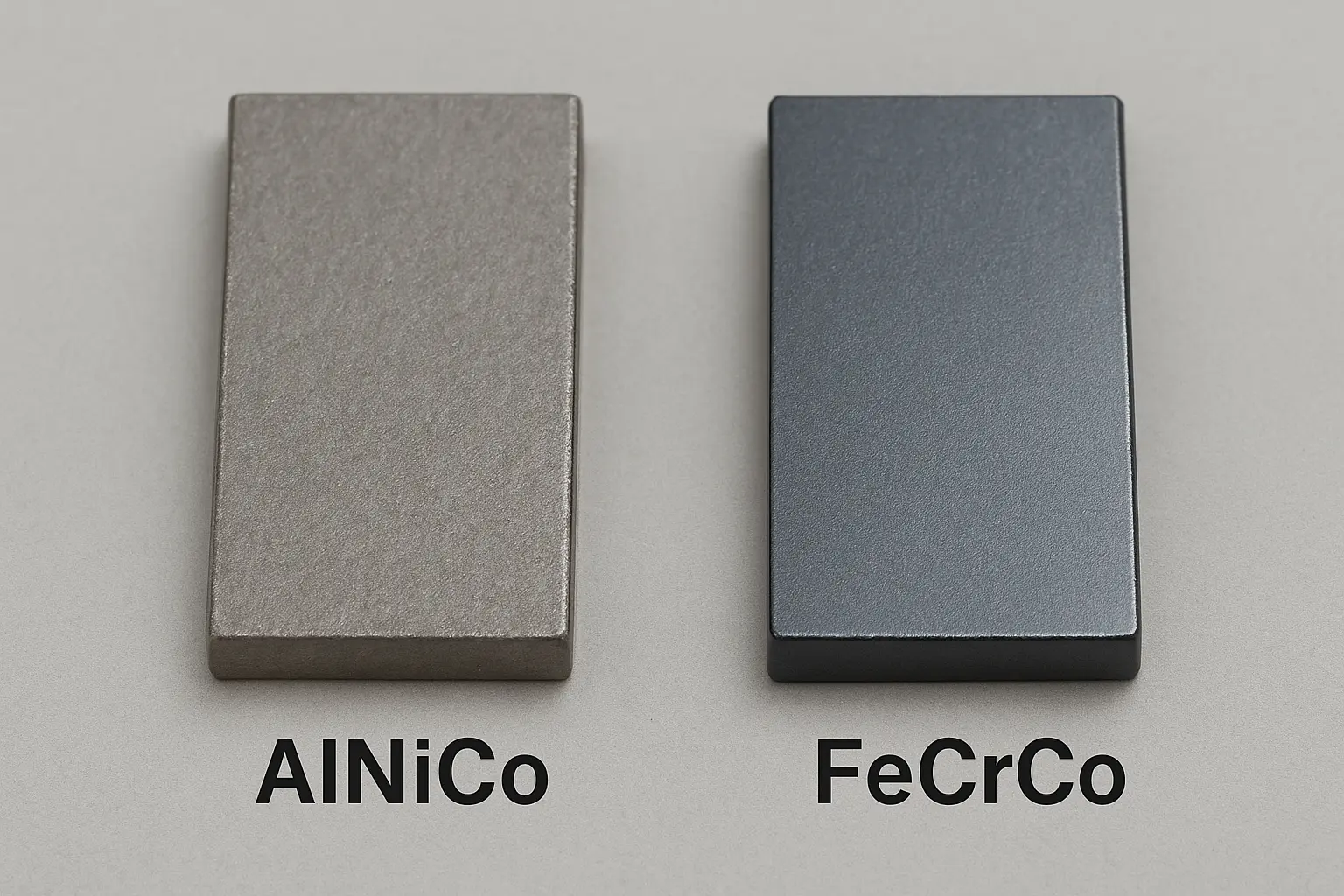
The Difference Between FeCrCo and AlNiCo Magnets: A Guide to Replacement Options
Permanent magnets play a crucial role in various industries, from automotive sensors to electric motors and audio equipment. Among the traditional permanent magnet materials, AlNiCo (Aluminum-Nickel-Cobalt) has been a staple for decades due to its excellent temperature stability. However, FeCrCo…
-

What is an Electropermanent Magnet (EPM)? A Comprehensive Guide
An electropermanent magnet (EPM) is a type of permanent magnet that can be switched on or off using a brief pulse of electric current. Unlike traditional electromagnets, which require continuous power to maintain a magnetic field, EPMs use permanent magnets…
-
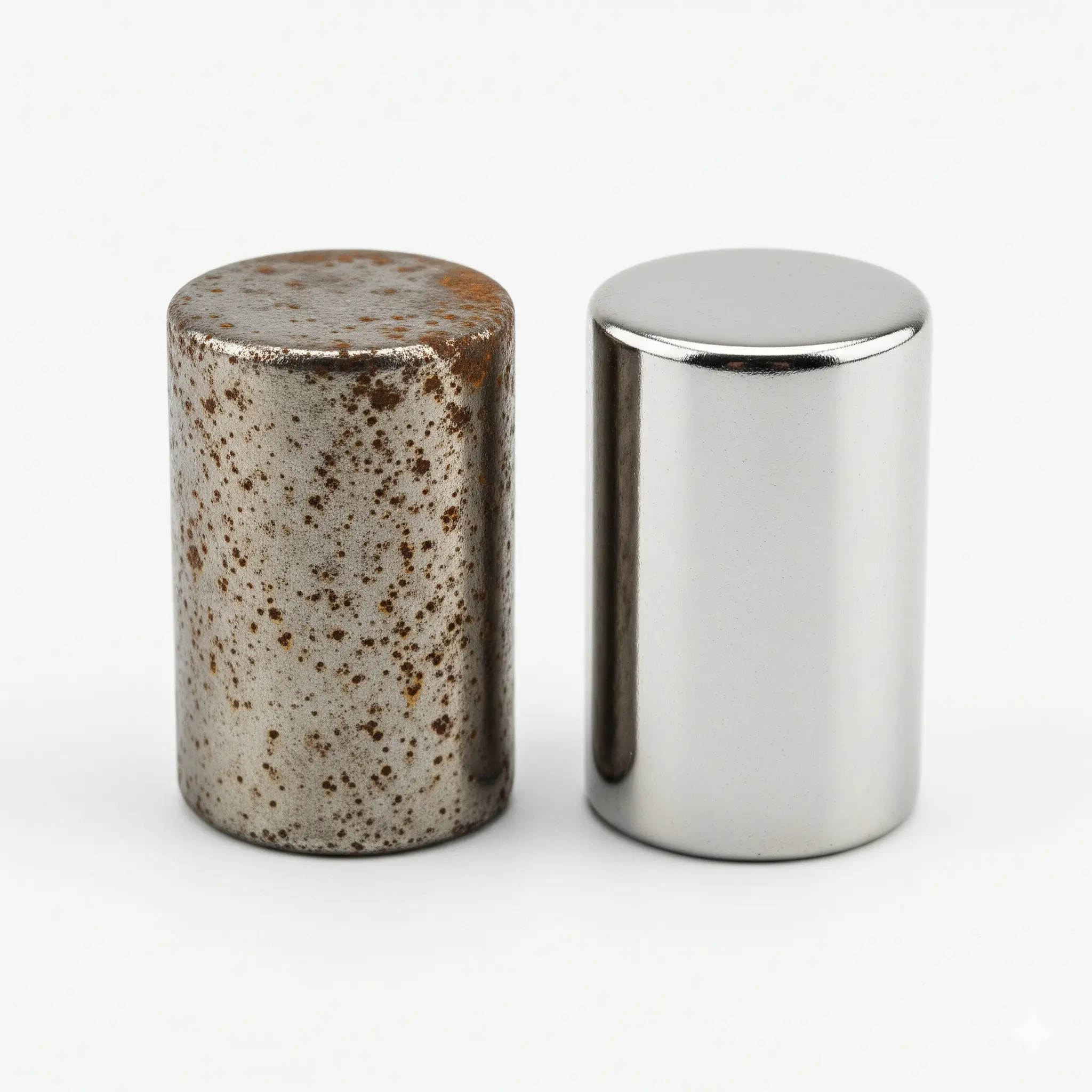
Why Do Neodymium Magnets Need Coating? A Complete Guide
Neodymium magnets, known for their incredible strength, are widely used in industries like electronics, automotive, and renewable energy. However, these powerful magnets require a protective coating to maintain their performance and longevity. In this article, we explore why neodymium magnet…
-
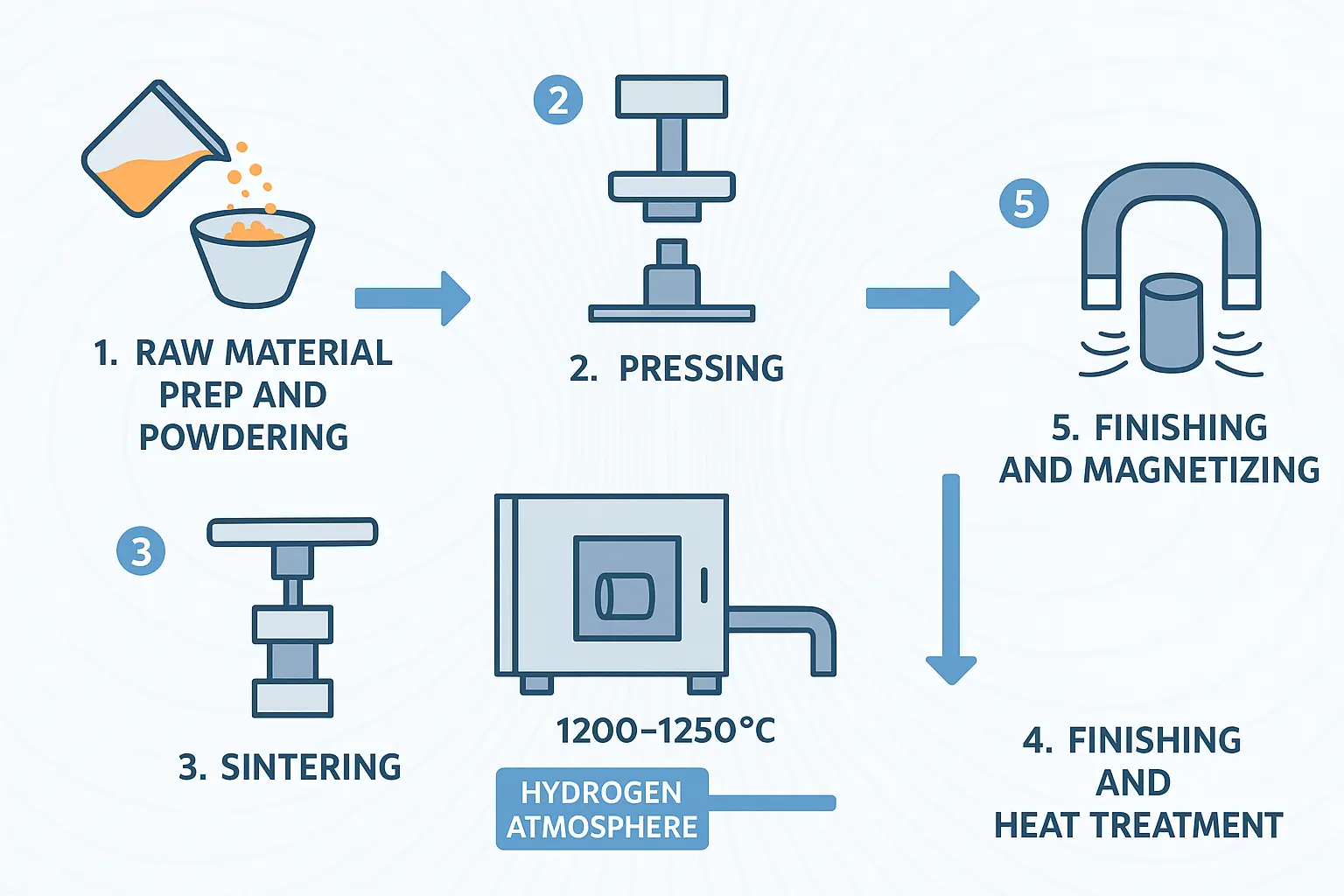
Understanding Sintered Alnico Magnets: Manufacturing Process and Key Differences
In the world of permanent magnets, Alnico magnets stand out for their durability, high-temperature performance, and historical significance—they were among the first permanent magnets developed in the early 20th century. Composed primarily of aluminum (Al), nickel (Ni), and cobalt (Co),…
-

How to Safely Administer Cow Magnets: Preventing Hardware Disease in Cattle
In the world of cattle farming, maintaining herd health is paramount for productivity and profitability. One common yet preventable issue is hardware disease, a condition where cows ingest metal objects like nails, wires, or staples, leading to serious internal injuries.…
-
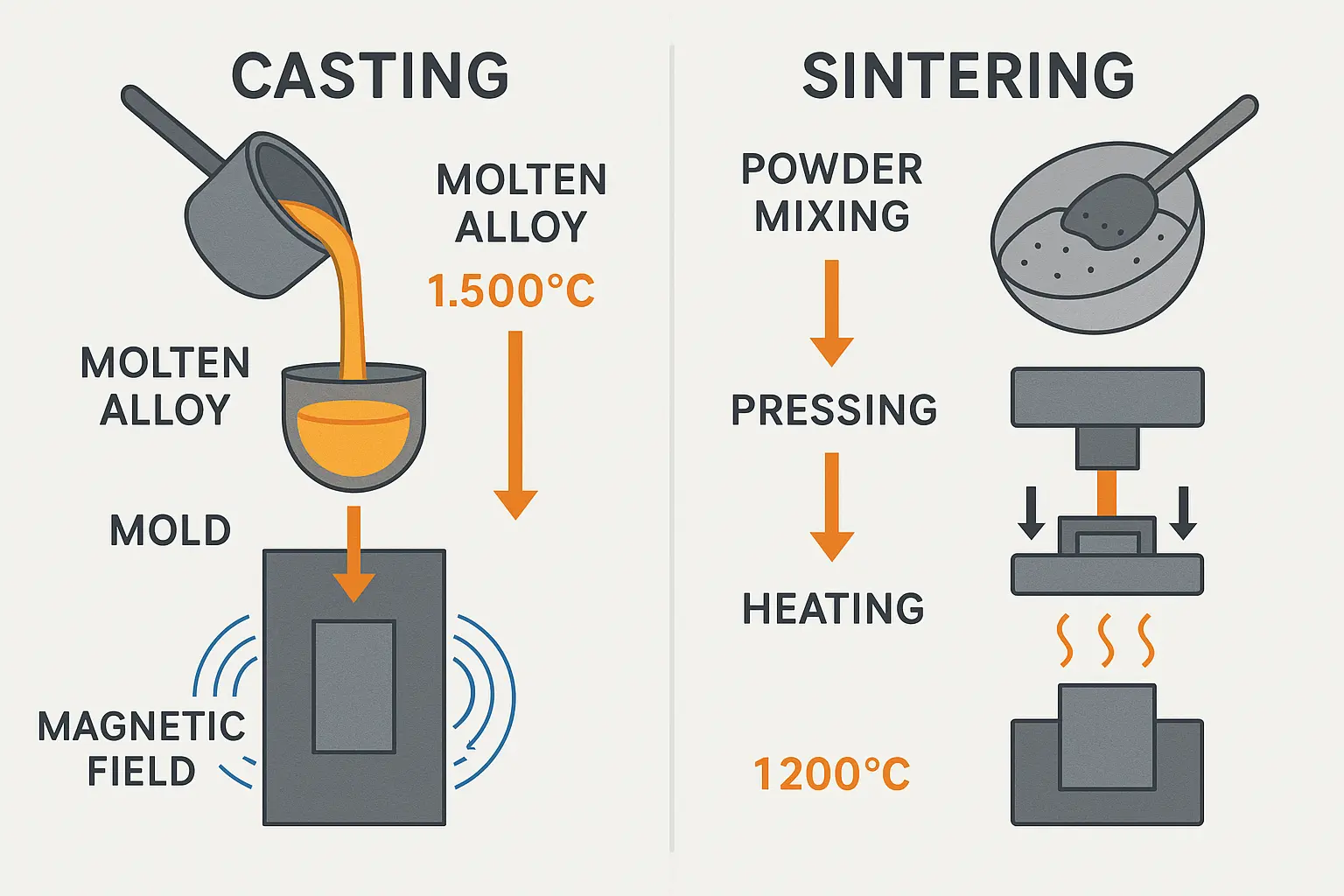
The difference between cast AlNiCo and sintered AlNiCo magnet
AlNiCo magnets, composed primarily of aluminum, nickel, cobalt, and iron, are known for their excellent temperature stability and corrosion resistance, making them ideal for high-heat environments up to 500°C or more. They come in two main forms based on manufacturing:…
-
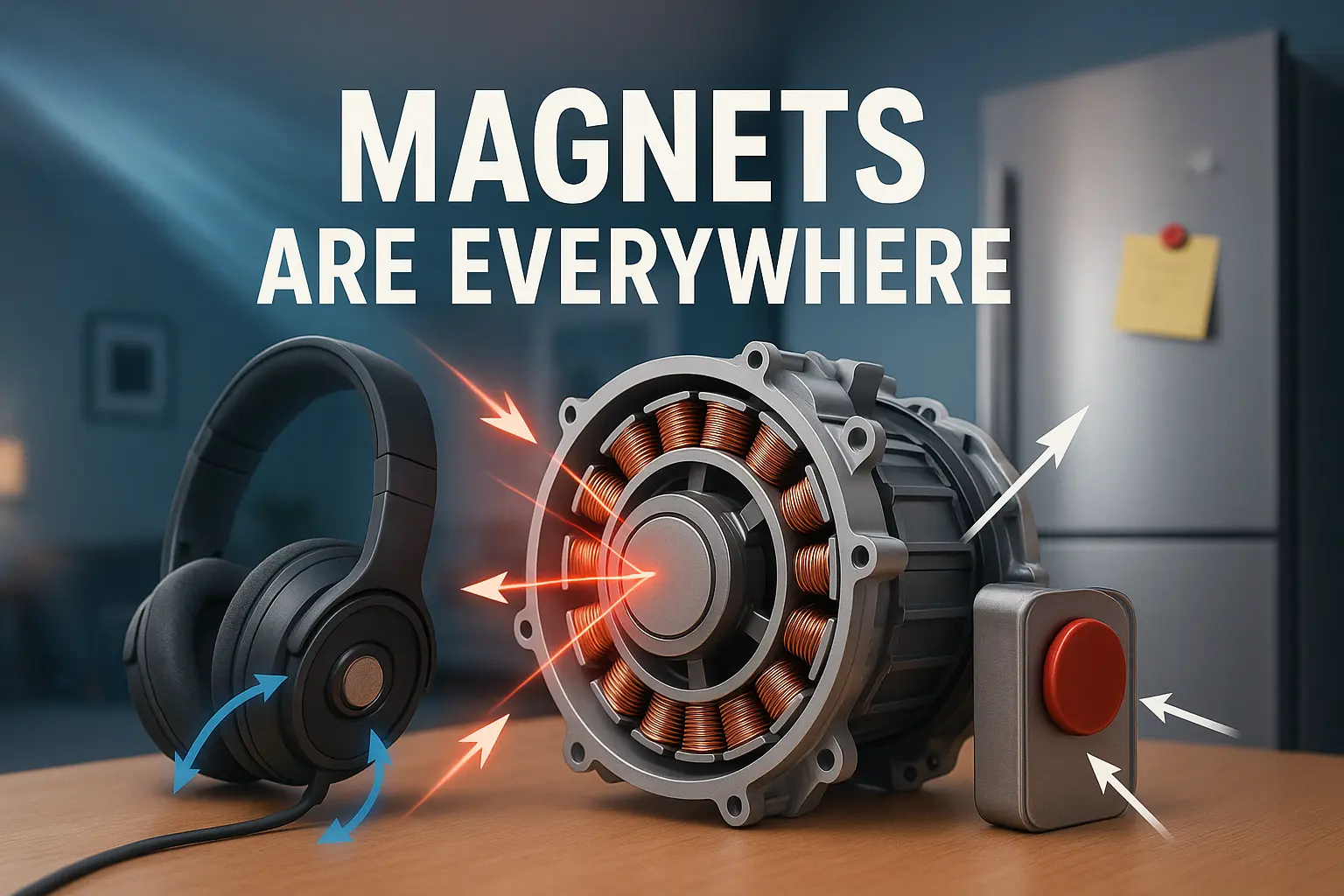
Understanding Isotropic and Anisotropic Magnets: A Beginner’s Guide
Magnets are everywhere in our daily lives—from the speakers in your headphones to the motors in electric vehicles. But not all magnets are created equal. Among the key distinctions in magnet types are isotropic and anisotropic magnets. These terms refer…
-
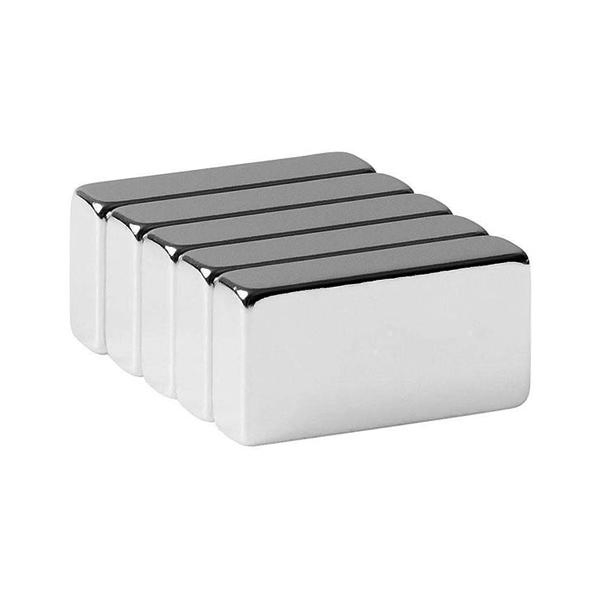
How Directional Solidification Enhances Alnico Magnet Performance
Alnico magnets, made from an alloy of aluminum, nickel, cobalt, and iron, are among the earliest permanent magnetic materials developed for industrial use. Even though rare-earth magnets like NdFeB and SmCo dominate many high-performance applications today, Alnico still holds an…
-
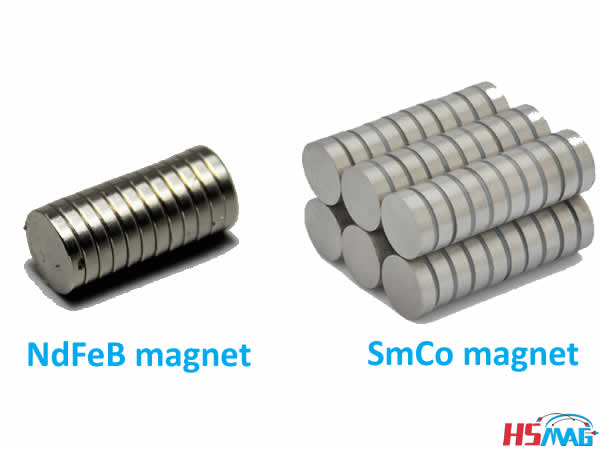
Samarium Cobalt Magnets vs. Neodymium Magnets: A Complete Comparison
Permanent magnets are the backbone of modern technology, powering everything from small electronic devices to high-performance motors. Among the strongest and most widely used are Samarium Cobalt (SmCo) magnets and Neodymium Iron Boron (NdFeB) magnets. While both belong to the…
-

Magnetic Therapy: Benefits, Types, and How It Works
Magnetic therapy is a form of alternative medicine that uses magnets to help relieve pain and support overall wellness. It has gained popularity as a complementary treatment for conditions such as arthritis, chronic back pain, headaches, and other musculoskeletal issues.…
Lastest Posts
- Magnets in New Energy Vehicles: Driving the EV Revolution
- Magnets in Magnetic Separators: How They Work and Why They Matter
- Magnet Selection Guide for Professional Magnetic Nail Art
- Demagnetizing and Remagnetizing Alnico Magnets: How Controllable Magnetism Powers Special Applications
- Understanding the Elements in Alnico Magnets: Why Balance is Everything
New Comments
[…] 1. Choose the Right Cattle Magnet […]
Nice post. I was checking constantly this weblog and I am impressed! Extremely helpful info specially the last section :)…
the magnet can be magnetized by the neodymium magnet, if you don’t have a magentizer that 2 neodymium magnets can…
The Speedometer seems to be vastly under reading. The mechanisim is a nippon seiki type. On a identical woking unit…

Thanks for your comments, if you have any questions about magnet, feel free to contact us~